By International Crisis Group
Since July 2015, the conflict between Turkish security forces and the Kurdistan Worker’s Party (PKK) – which Ankara, Brussels and Washington designate a terrorist organisation – has taken more than 4,600 lives in Turkey and northern Iraq. But if the conflict is long-running, open-source data on fatalities collected by Crisis Group and presented in a unique visual conflict explainer show that battlefield dynamics are changing.
For one thing, fighting has moved out of the cities. Over the last two years, neither the PKK nor its affiliate the Kurdistan Freedom Hawks has carried out attacks in metropolitan areas. Fatalities – Crisis Group could confirm an average of 40 per month in 2019 – have been concentrated in the rural areas of Turkey’s Kurdish-majority south east. Over the past year, the death rate among PKK militants, and particularly in northern Iraq, has risen. Ankara’s stepped-up operations, involving curfews, drone strikes and more state security forces, have killed higher numbers of seasoned PKK figures in 2019 than in any of the previous three years of escalation. Killing more PKK militants, however, is not translating into victory for Ankara as the PKK draws on fighters from outside Turkey and capitalises on pent up anti-state resentment among some Kurds.
Quantitative analysis of fatality and election data since 2014 shows that in the last four years, the ruling Justice and Development Party (AK Party) and its alliance partner, the Nationalist Movement Party (MHP), mostly consolidated electoral support in conflict-ridden south-eastern districts, while the pro-Kurdish Peoples’ Democratic Party (HDP) largely maintained support in the Kurdish movement’s traditional urban strongholds despite an immense state crackdown. While to Ankara it might seem like hardline policies are paying off, on the battlefield and at the ballot box, those same policies continue to fuel the grievances and anger of a segment of Turkey’s Kurds that sustain the conflict with the PKK.
Reliable polls show that support for the AK Party and MHP has fallen below the critical 50 per cent mark, mostly because the ruling party has lost nearly half of its conservative Kurdish backers. It is unclear whether the political leadership in Ankara will be able to make up for lost conservative Kurdish support by garnering more votes from Turkish nationalists moving forward.
At a time when Turkey faces a serious economic downturn and sanctions from its Western allies, the leadership in Ankara – as the centenary of the foundation of the Republic of Turkey nears – might consider exploring avenues of accommodation with a now considerably weakened PKK and seek to pave the way to resolving a conflict that, for over 35 years, has taken a great toll on civilians, drained Turkey’s resources and continues to curb its strategic potential.
Conflict Fatalities
Crisis Group’s data shows that 4,686 individuals have been killed since July 2015. Of those individuals, more than half are PKK militants (2,758), 22.4 per cent of whom are female. Around a quarter (1,215) consist of State Security Force members (including soldiers, police and village guards). There have been 490 civilians confirmed dead (the remaining 223 are “individuals of unknown affiliation”, a category Crisis Group uses for those killed in urban centres – almost all between December 2015 and June 2016 – about whom it is not known if they are civilians or PKK militants).
Ankara’s tactics in the last three years – imposing curfews in rural areas to clear out PKK members, calling in drone strikes, deploying soldiers in high numbers, killing experienced militants and stifling recruitment – appear to have significantly narrowed the PKK’s space for manoeuvre in the rural south east.
The militant-to-state security force member fatality ratio provides some indication of the Turkish campaign’s impact. Since fighting shifted back into rural areas in July 2016 (after a deadly urban phase between December 2015 and June 2016), the Turkish military has been on the offensive. In the first year, 1.65 PKK militants were killed for each soldier, police officer or village guard; this figure rose to 2.22 in the second year and then to 3.22 in the third. In the last year, from July 2018 to July 2019, 3.36 PKK militants were killed for each state security force member.
Three reasons likely explain the PKK’s higher fatality rate over the last year. First, the PKK is having a harder time sheltering among and securing supplies from core supporters in south-eastern villages, who are usually intimidated by Turkish forces’ curfews and security cordons. Secondly, drones and other new military technology have helped Ankara clear militants from mountain strongholds. Thirdly, U.S. pressure on the PKK to rein in attacks in Turkey has meant that it remains largely in a defensive posture. On the U.S.’s part this pressure was mostly an effort to avert further Turkish backlash against Washington’s partnership in Syria with the Kurdish-dominated Syrian Democratic Forces (SDF)/People’s Protection Units (YPG), closely affiliated with the PKK. While the impact in Turkey itself of Ankara’s military incursion into north east Syria against the SDF/YPG that began on 9 October remains unclear, it could fuel the PKK’s insurgency against Turkey.
Turkey’s Offensive in Northern Iraq
The last year of escalation saw the highest number of fatalities from Turkish air and land operations against the PKK in northern Iraq since July 2015. Crisis Group could confirm 101 fatalities linked to such operations in that area in 2019, of whom 90 were PKK militants and 11 were Turkish soldiers. According to open-source data collected between May and September 2019, the Turkish army has conducted at least 76 cross-border air operations, most of them targeting PKK hideouts and ammunition depots in and around the Qandil mountains where the PKK’s “headquarters” are located as well as in Hakurk, in the north west of Qandil toward the Turkey border.
With the stated goal of “ending the PKK”, the Turkish military launched air and ground offensives against the militants in northern Iraq (dubbed Operation Claw) on 27 May 2019. In a first since 2008, Turkish ground forces penetrated around 20km deep into Iraqi territory to clear out militants, cut off logistical routes and destroy ammunition depots. The Turkish military also created new security outposts. As of 4 October, Crisis Group could confirm the deaths of 57 PKK militants and nine Turkish soldiers in northern Iraq since Operation Claw began.
Security analysts cite three main objectives for Turkey’s scaled-up cross-border operation in northern Iraq: to disrupt PKK mobilisation in the Hakurk region, which is tactically important as a logistical channel for the PKK insurgency in Turkey and also hosts PKK training camps; to create a buffer zone along the Turkey-Iraq border that could eventually afford the Turkish army access to PKK headquarters in Qandil; and to reduce PKK dominance in Sinjar, the north-eastern Iraqi region that the insurgency uses as a transit route between Iraq and Syria. Warmer relations among Ankara, Baghdad and the Kurdistan Regional Government in Erbil have facilitated intelligence sharing that aids the cross-border offensive.
Changing Profile of PKK Fatalities
An important component of Ankara’s campaign in the last year has been the targeting of seasoned PKK operatives. The exact number killed is disputed. The Turkish interior minister, Süleyman Soylu, said on 7 August that the army had “neutralised” (which could mean killed or captured) 87 “high-ranking” PKK militants in the first seven months of 2019. Turkish media outlets reported the deaths of twenty in the same period. The PKK has so far only confirmed ten of these militants dead, nine in Turkey and one in northern Iraq.
The showdown in northern Iraq and more Turkish military pressure targeting the PKK’s upper echelons were likely the triggers for an attack on 17 July that killed a Turkish diplomat. That day, an unidentified gunman opened fire in a restaurant in the Deream area in Erbil, killing Osman Köse, who worked at the consulate, and an Iraqi national. The PKK denied direct involvement, but in an interview on 24 July, senior PKK figure Bahoz Erdal praised the attack saying “well done to whoever carried out this activity”. He also claimed that Köse was no regular diplomat but an intelligence officer in charge of Turkey’s anti-PKK campaign in northern Iraq. Turkish media reported on 20 July that Kurdistan Regional Government security officials had caught the suspected assassin, Mazlum Da?. The targeting of upper echelons of the PKK and retaliatory assassinations like the one that appears to have taken place in Erbil could further escalate violence.
Besides the higher-ranking PKK militant fatalities, Crisis Group data on PKK militants killed in Turkey and northern Iraq between July 2018 and July 2019 (a total of 361) shows that around 8.5 per cent (31) were from western Iran, around twice the number in the same period of the previous year. The majority were born in Mariwan, Serdesht, Urmia or Khoy (see map above). This data suggests that the PKK is compensating for the manpower shortage in its insurgency against Turkey by bringing in more cadres from Iran. It also means that the pool of recruits the PKK can draw on in its insurgency against Turkey goes beyond Turkey’s borders. In fact, as of 4 October 2019, 9 per cent of all PKK militants killed since July 2015 were from either western Iran (4.7 per cent), northern Syria (3 per cent) or northern Iraq (1.3 per cent).
Republished, with permission, from the International Crisis Group.

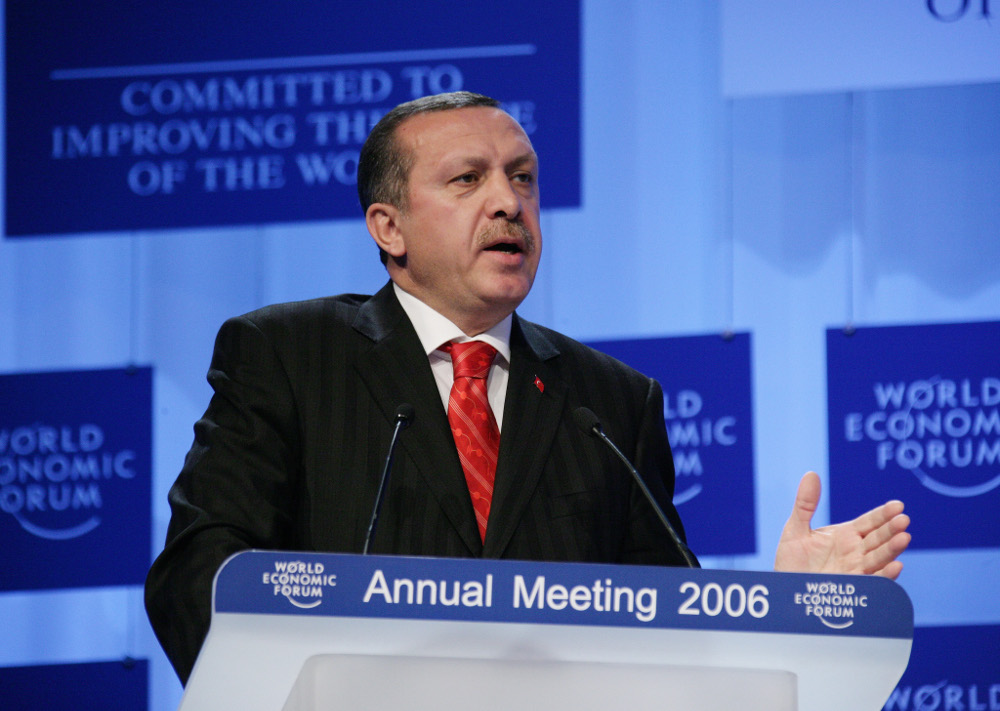
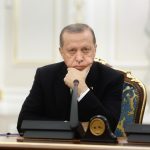
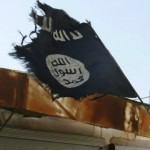
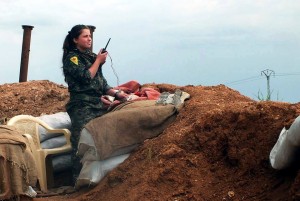
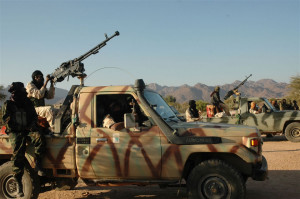
“(PKK) – which Ankara, Brussels and Washington designate a terrorist organisation” – Not quite. According to the EU Courts in Brussels the designation is illegal. The UN agrees, and so do the majority of World governments.